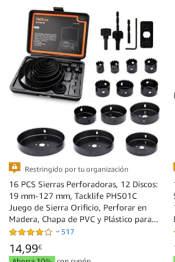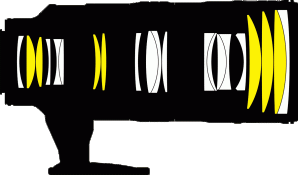You overlook what a fully assembled old Cooke (both cells in this case) can do.
This is only 1885 and 5x7", before astigmatism could be corrected and shot with an inferior format
View attachment 255627
View attachment 255628
When you have to stop a click beyond f/32 (for DOF) your top notch "modern" lens is not to resolve much more than the Cooke, perhaps the same, because of diffraction.
The crappy lens AA used is the Adon for the Half Dome when he was "poor", the Cooke of the "Clearing Strom" plays in another division.
I probably had better things to do, like earn a living, but this thread and the high proportion of argument based upon postulated first principles and hypothesizing made me hungry for some experimental data.
As it happens, I have several Double Protar VIIa lenses made by both Zeiss and B&L under license, including 145mm, 165mm, 183, 254mm, and 300mm. All are double cell lenses of 8 elements i in 2 fully cemented 4-element groups, one on each side of the shutter diaphragm. Although uncoated, the minimal number of internal air-glass surfaces helps avert serious contrast loss. AA wrote using some of these Double Protars in various well-known photos in addition to his Cooke XV.
The Double Protar VIIa lenses are similar in design to the Cooke, although without the Cooke's internal air space, and are of roughly similar vintage and intended use. Protar VIIa lenses were certainly among the most sought-after triple convertible lenses and arguably better corrected than pre-WWII Dagors, due to the Protar's extra element in each cell.
I paired each Protar with its closest equivalent modern Fujinon W or equivalent lens that I had avaialable, the 145mm with a 150mm/ 5.6 Fujinon NWS, the 165mm and 183mm Protar VIIa compared with a 180mm Sironar N, a 183mm post-WWII Goerz American Dagor, and a 210mm/9 G-Claron, the 254mm Protar VIIa with a Fujinon 250mm CW-M and also with the earlier Fujinon 250mm/6.7 W (inside writing). The older 300mm B&L Protar VIIa was paired against a 305mm G-Claron.
I then shot each of the sets on 5x7 Delta 100 film at the half-stop between f/22 and f/32 against an outdoor scene of soft white pine needles and other leaves and metal fencing. I developed in XTOL diluted 1:2 used as a lightly agitated (every 3 minutes) stand developer to compensate for any overly bright highlights beyond Delta 100's comfortable capability.
No surprise, but those older Zeiss/B&L Double Protar VIIa lenses just weren't as sharp or crisp as their modern counterparts, nor were close tones/Zones as well-differentiated by Double Protars, which was important in the test scene.
While some may prefer the softer, less sharp look of older pre-WWII triple convertible lenses, that's a personal preference but we shouldn't kid ourselves that they're fully up to modern standards. Personally, I had hoped otherwise.
FWIW, the best of the older Protars was the 165mm Double Protar VIIa, the only completely symmetrical lenses as both front and back cells were both 290mm. The others were close but not fully symmetrical, being 290/220, 350/290, 19"/16", etc. Complete front and back symmetry may be helpful with these older lenses.


 , ask for a specific (a bit strong) board with a hole. If it is wood you may have to sand two sides to fit in the attachment.
, ask for a specific (a bit strong) board with a hole. If it is wood you may have to sand two sides to fit in the attachment.



